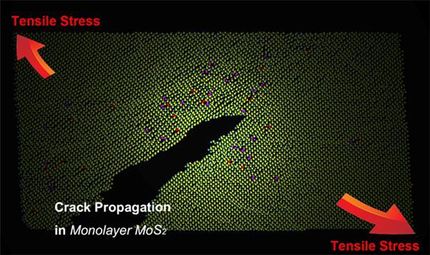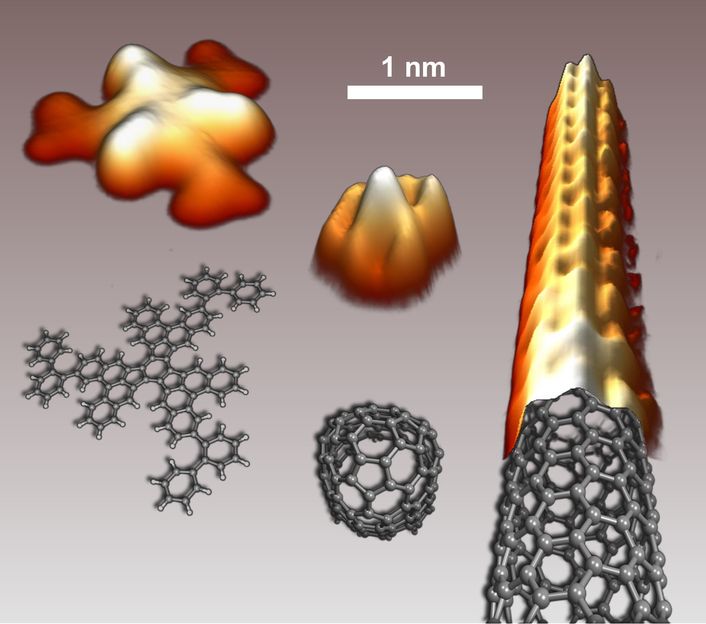Clearing the way for real-world applications of superhydrophobic surfaces
Researchers call for consistent and standardized testing of superhydrophobic materials.
Agreeing on a unified testing method is needed to allow community-wide comparison between published results. This would significantly progress development of superhydrophobic materials and their transfer to commercial products in, for instance, self-cleaning and anti-icing applications.
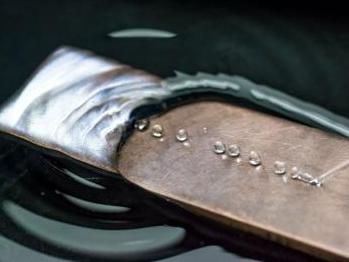
Water droplets are rolling on a superhydrophobic surface. The repellency of a superhydrophobic surface immersed in water causes a depression in the water, and the surface under water has a silvery shine caused by a microscopic layer of air trapped between the water and the superhydrophobic surface.
Photo by Mika Latikka, Aalto University
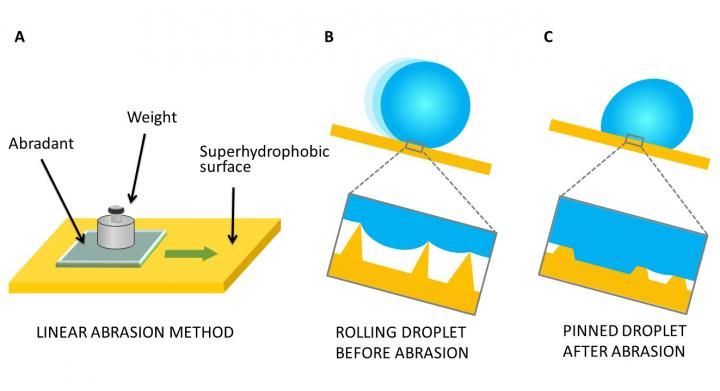
This image shows (A) Linear abrasion test. (B) On a superhydrophobic surface a water droplet rolls with low friction, as caused by trapping of a thin air layer between the surface roughness. (C) Damaging the surface roughness leads to droplet pinning.
Designed by Juan Li, Aalto University
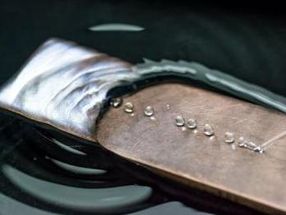
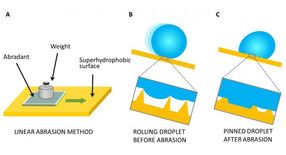
Currently, research groups around the world use many different kinds of tests to evaluate the durability and wear of superhydrophobic materials. For example, researchers have used linear abrasion, circular abrasion, sandblasting and water jets in testing the surfaces. However, the results obtained through different methods are not comparable, which makes it hard to find the best materials for applications.
'We therefore propose that researchers should begin using a standardised method when testing the wear and durability of extremely water-repellent materials. We find that linear abrasion of the surface, for example with sandpaper, would be the best general method. It is important to specify the applied pressure, the abrasion distance and the abradant material to make sure the result is reproducible', explains Professor Robin Ras.
Benefits of the proposed method include, among other things, the easy availability of the testing materials and the simple test setup.
'Nevertheless, the wear test alone is not sufficient to determine the robustness of the superhydrophobic surface. The second step is to perform tests with water droplets to measure the water-repelling properties of the surface after wear', clarifies Tuukka Verho, who is currently preparing his doctoral dissertation.
The superhydrophobicity of a surface is often measured based on the shape of a water droplet on the surface, i.e. how completely the droplet beads up in the surface. However, according to the authors, this so-called static contact angle does not provide enough information about the effects of wear, as water often forms almost spherical droplets even on a damaged surface, but no longer easily slides off the surface. Therefore, the authors encourage to always measure droplet mobility, for example using an inclination test.
The Aalto University researchers wish that their perspective article initiates in the research community a discussion on the evaluation of superhydrophobic surfaces. Even though they propose linear abrasion as a primary test for all superhydrophobic materials, additional application-specific tests may be needed, for instance, to assess the laundering durability of textiles or the weather-durability of outdoor materials.
Original publication
Other news from the department science

Get the chemical industry in your inbox
By submitting this form you agree that LUMITOS AG will send you the newsletter(s) selected above by email. Your data will not be passed on to third parties. Your data will be stored and processed in accordance with our data protection regulations. LUMITOS may contact you by email for the purpose of advertising or market and opinion surveys. You can revoke your consent at any time without giving reasons to LUMITOS AG, Ernst-Augustin-Str. 2, 12489 Berlin, Germany or by e-mail at revoke@lumitos.com with effect for the future. In addition, each email contains a link to unsubscribe from the corresponding newsletter.
